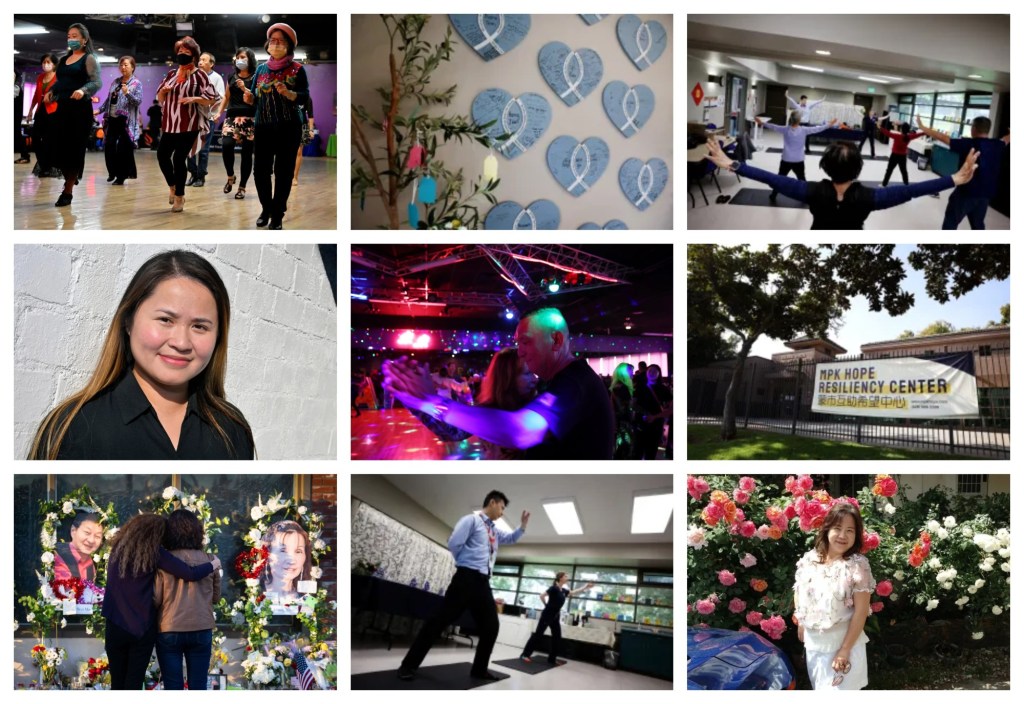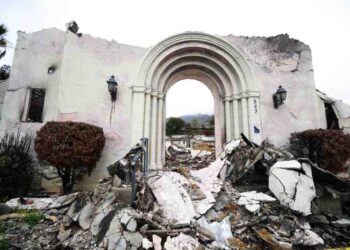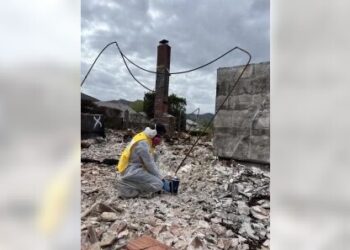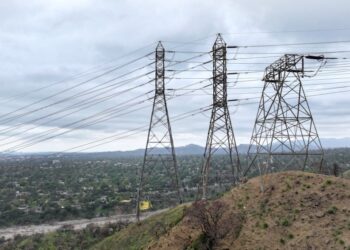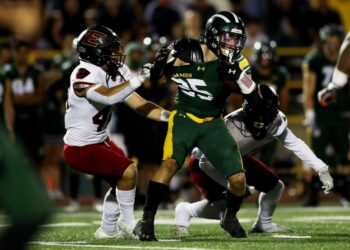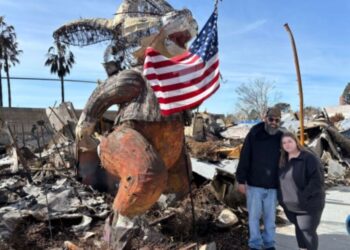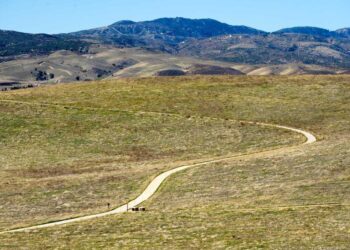Minutes, hours, days, months.
At times, it seems as if the cycle of grieving would never end for Fonda Quan, who lost someone she considered her second mother in the Monterey Park mass shooting a year ago. Yet sometimes a fleeting moment arises that hints at the possibility of healing.
“It’s definitely painful,” Quan said. “I would say this last year is just on and off, just grieving. And there are moments where it’s like, oh, you feel like you’re done grieving. There are just little moments that hit you, and it kind of all comes back again.”
A year has passed since Jan. 21, 2023, when 72-year-old Huu Can Tran walked into a dance studio in Monterey Park and fatally shot 11 people amid the city’s festive Lunar New Year celebrations.
The city’s perennial draw – an annual showcase of its culture, its food, its traditions – started with a day full of smiles, like it always does. It ended in bloodshed at a beloved dance floor on Garvey Avenue. By then, the 33rd mass shooting in the United States in 2023 was also the nation’s deadliest since the Uvalde, Texas, shooting the year before, which left 19 children and two adults dead.
There would be hundreds more in 2023, and even deadlier. They all echoed loudly in Monterey Park, where its own tragedy shocked a tight-knit community and plunged it into grief. It reignited the long-standing national debate on gun control and prompted conversations among local leaders about enhancing seniors’ accessibility to mental health resources.
The path toward healing hasn’t been easy for the city. And that’s not unlike other communities, where students who witnessed the massacre at Robb Elementary in Uvalde faced anxiety, depression, and post-traumatic disorders. The ripple effect of PTSD hits not only those directly impacted but also the public at large.
Amidst these broader discussions, some families of the shooting victims and survivors continued to grapple with the aftermath of the tragedy.
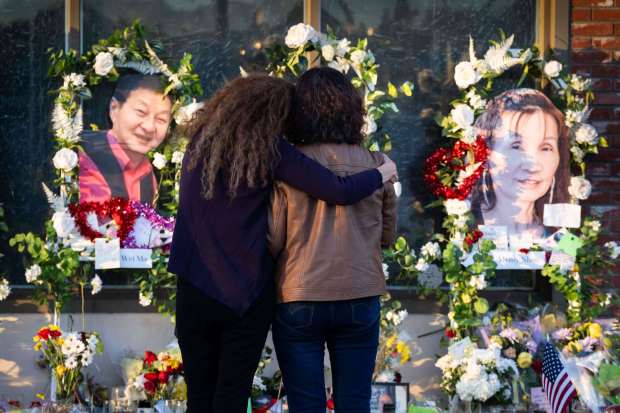 here
here

